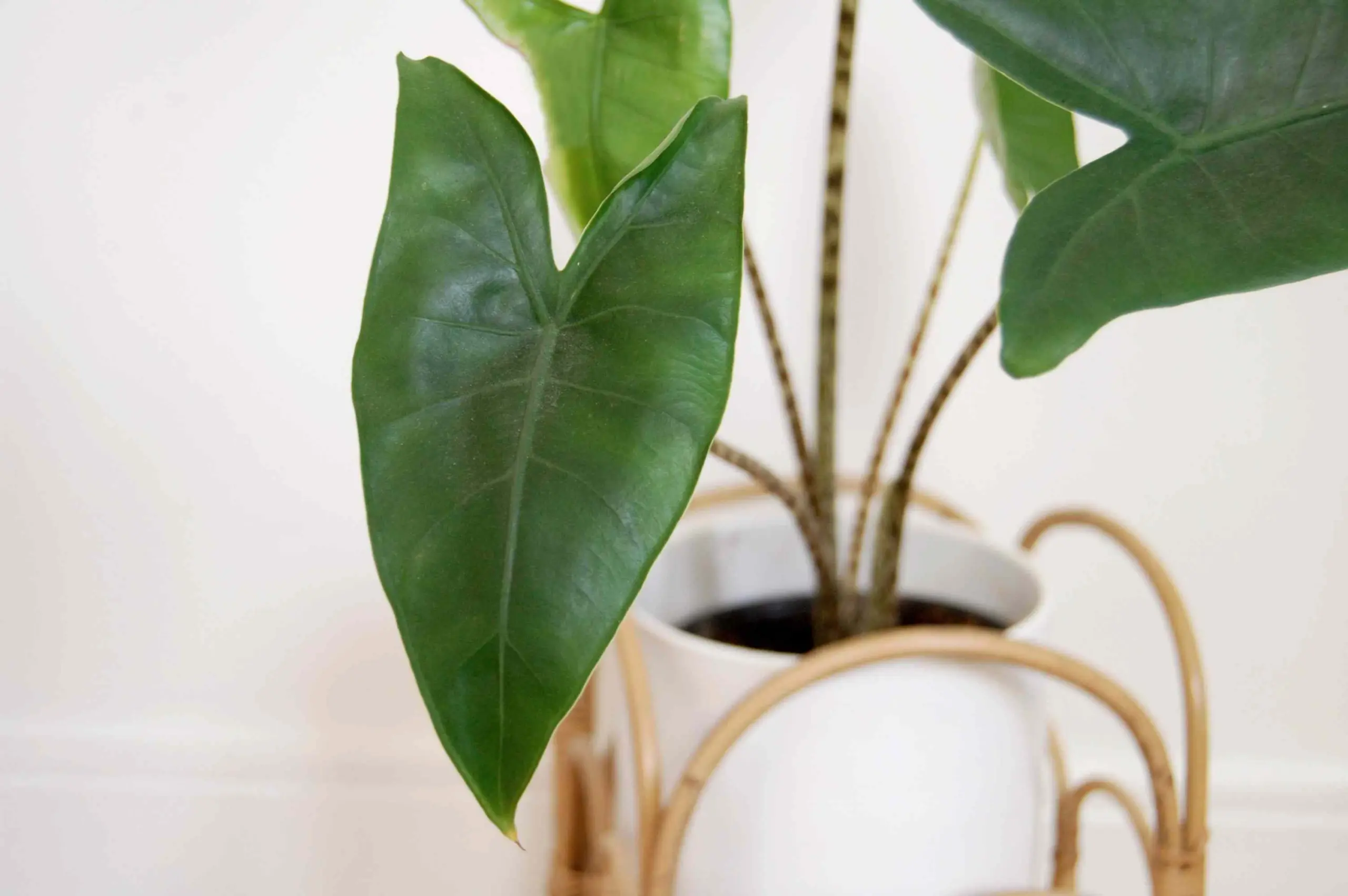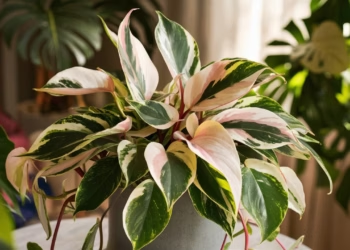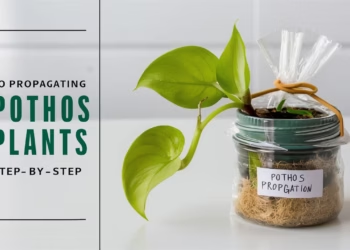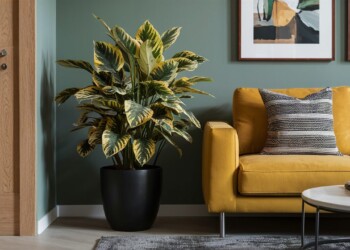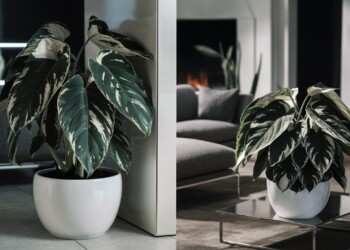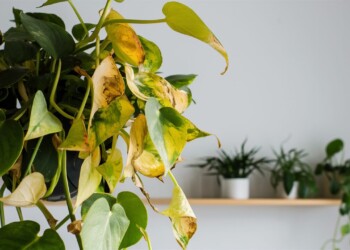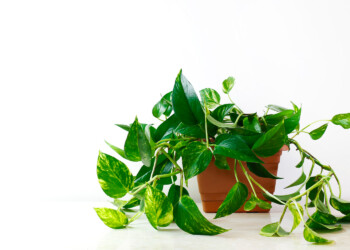Are you ready to embark on a botanical adventure? Welcome to the complete alocasia zebrina care and growing guide, your ticket to cultivating lush, exotic foliage right in your own home! With its striking striped stems and oversized leaves, the Alocasia Zebrina is a true showstopper in any indoor jungle. But fear not, even if you’re a novice plant parent, we’ve got you covered with all the tips and tricks you need to ensure your Alocasia Zebrina thrives and flourishes!
Getting to Know Your Alocasia Zebrina
Before we dive into care instructions, let’s take a moment to get acquainted with this stunning botanical beauty.
What is Alocasia Zebrina?
Alocasia Zebrina, also known as the “zebra plant” or “elephant ear plant,” is a member of the Alocasia genus native to Southeast Asia. It features large, arrow-shaped leaves with distinct white veins and stems adorned with zebra-like stripes, hence its name.
Why Choose Alocasia Zebrina?
- Striking appearance: The unique foliage of the Alocasia Zebrina adds a touch of drama and sophistication to any indoor space.
- Low maintenance: Despite its exotic appearance, Alocasia Zebrina is relatively easy to care for, making it an excellent choice for beginner and experienced plant enthusiasts alike.
- Air-purifying properties: Like many houseplants, Alocasia Zebrina helps improve indoor air quality by filtering out toxins and impurities.

Alocasia Zebrina Care Instructions
Now that you’re familiar with the basics, let’s dive into the nitty-gritty of caring for your Alocasia Zebrina.
Light Requirements
Alocasia Zebrina thrives in bright, indirect light. Place your plant near a north or east-facing window where it can receive plenty of filtered sunlight throughout the day. For west- or south-facing windows, utilizing sheer curtains or window films helps filter direct light, preventing potential damage. Avoid direct sunlight, as it can scorch the leaves.

Watering
When it comes to watering your Alocasia Zebrina, consistency is key. Keep the soil evenly moist during the growing season (spring and summer), but be sure not to overwater, as this can lead to root rot. Allow the top inch of soil to dry out between waterings, and always use room temperature water to avoid shocking the plant.

Humidity
Native to tropical regions, Alocasia Zebrina thrives in high humidity environments. Increase humidity levels by placing a humidifier near your plant or misting its leaves regularly. You can also place a tray filled with pebbles and water beneath the plant to create a makeshift humidity tray.

Temperature
Maintain a consistent temperature range of 65-80°F (18-27°C) for your Alocasia Zebrina. Avoid exposing it to cold drafts or sudden temperature fluctuations, as this can cause stress to the plant.

Soil
A well-draining, aerated potting mix is essential for Alocasia Zebrina. Choose a mix specifically formulated for tropical plants or create your own by combining equal parts peat moss, perlite, and potting soil, peat to provide the necessary nutrients while preventing waterlogging and root rot.

Fertilization
During the growing season, fertilize your Alocasia Zebrina once a month with a balanced liquid fertilizer diluted to half strength. Avoid fertilizing during the dormant winter months, as the plant’s growth slows down during this time.

Pruning and Maintenance
Remove any yellowing or damaged leaves as they occur to encourage healthy growth and prevent the spread of disease. You can also gently wipe the leaves with a damp cloth to remove dust and keep them looking their best.

Repotting
As your Alocasia Zebrina grows, you may need to repot it into a larger container to provide room for the roots to spread. Repotting is best done in the spring when the plant is actively growing.
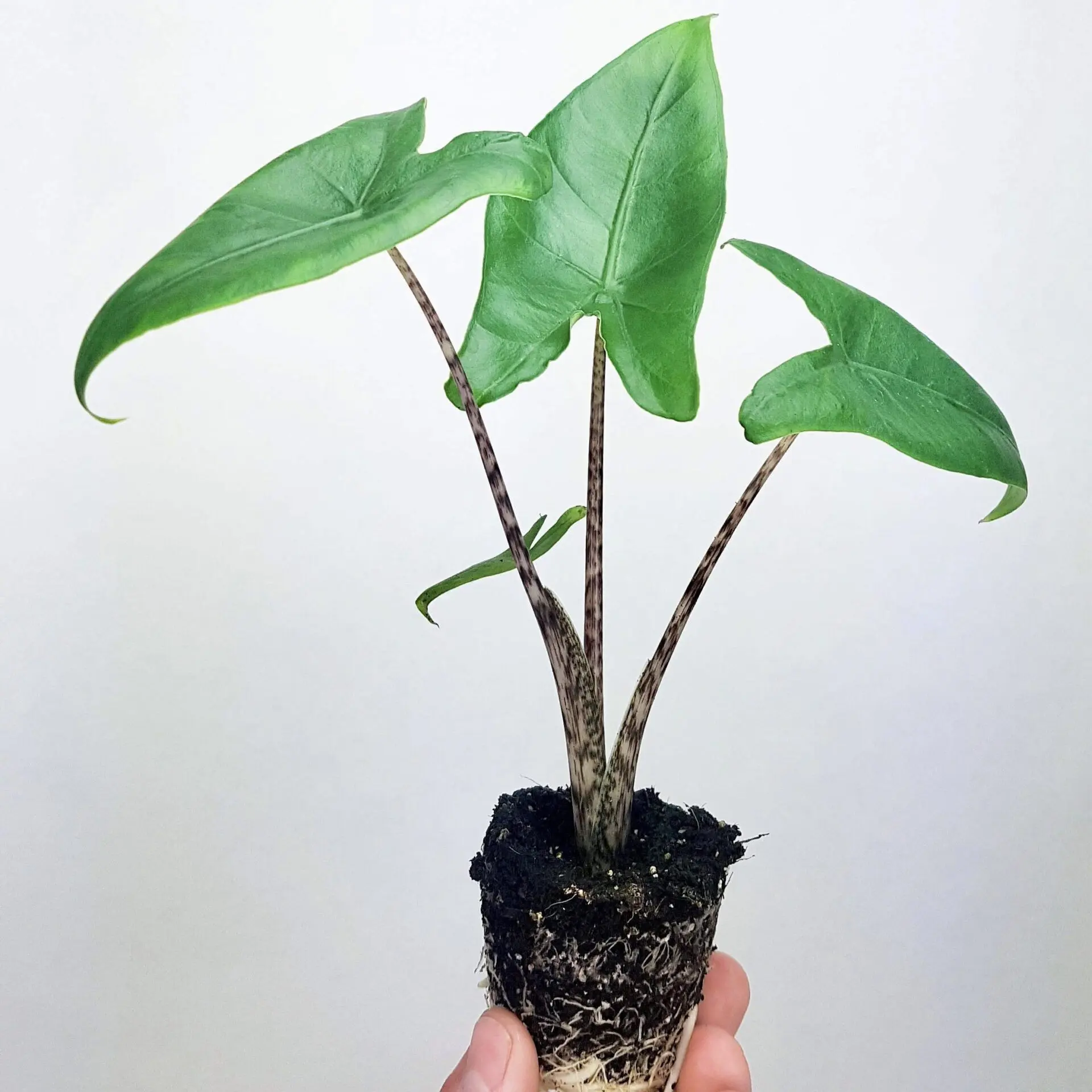
Congratulations, you’re now a bonafide Alocasia Zebrina aficionado! Armed with the knowledge and tips from this complete care and growing guide, you’ll be well-equipped to nurture and enjoy the beauty of these stunning tropical plants in your own home. Remember, a little love and attention go a long way when it comes to Alocasia Zebrina care. So go ahead, let your green thumb shine, and watch your botanical masterpiece thrive and flourish!
FAQs
Does Alocasia Zebrina need sunlight?
Alocasia Zebrina prefers bright, indirect light. While it can tolerate some direct sunlight, too much direct sun can scorch its leaves. Therefore, it’s best to place it in a location with filtered sunlight or indirect light, such as near a window with a sheer curtain.
Why is my Alocasia Zebrina drooping?
Drooping leaves on an Alocasia Zebrina can be due to several factors, including underwatering, overwatering, low humidity, or exposure to drafts or temperature extremes. Ensure you’re watering it appropriately, maintaining consistent moisture levels, providing adequate humidity, and keeping it away from cold drafts or heat sources to prevent drooping.
How often do you water Zebrina?
The frequency of watering Alocasia Zebrina depends on various factors such as environmental conditions, pot size, and soil type. Generally, you should water it when the top inch of soil feels dry to the touch. This might mean watering it once or twice a week, but always adjust based on the plant’s specific needs and the conditions in your home.
Should I cut dead leaves off Alocasia Zebrina?
Yes, you should remove dead or yellowing leaves from your Alocasia Zebrina to encourage healthy growth and prevent potential disease or pest issues. Use clean, sharp scissors or pruning shears to trim off dead or damaged leaves at the base where they meet the stem.
Where is the best place to put Alocasia Zebrina?
The best place to put Alocasia Zebrina is in a spot with bright, indirect light and consistent temperature and humidity levels. Avoid placing it in direct sunlight or low-light conditions. Ideal locations include near a north or east-facing window, where it can receive bright, filtered light without being exposed to harsh sunlight.
Is Alocasia Zebrina easy to care for?
Alocasia Zebrina can be moderately challenging to care for, primarily due to its specific requirements for light, water, and humidity. However, with proper care, including providing bright, indirect light, keeping the soil consistently moist but not waterlogged, maintaining high humidity, and avoiding temperature extremes, it can thrive as an indoor plant. Regular monitoring and adjustments to its care routine based on its needs will help ensure its health and vitality.
